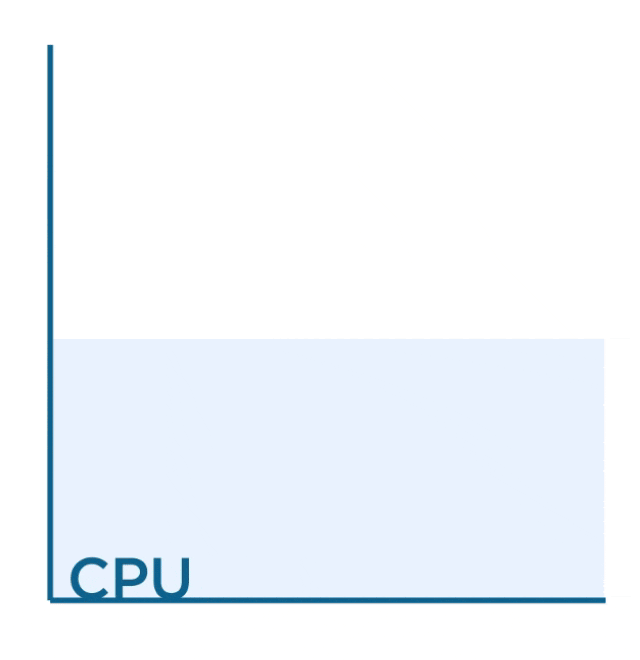
When Efficiency Becomes Competitiveness
In the field of industrial inspection, millisecond-level processing delays can mean fluctuations in yield or loss of production capacity. Traditional CPU architectures are limited by serial computation and data transfer bottlenecks, while the parallel computing capabilities of FPGAs are opening new dimensions for real-time image processing.
·
FPGA Acceleration: A Fundamental Breakthrough in Parallel Computing

FPGAs can execute multiple computational threads simultaneously through a Multiple Instruction, Multiple Data (MIMD) processing architecture, enabling high data bandwidth processing, akin to expanding a single lane into a multi-dimensional traffic network, significantly improving image processing efficiency.
·
What are the Differences Between FPGA and CPU?

CPUs need to wait for data transfer to complete before performing corresponding image processing, while FPGAs support real-time processing of images during the image transfer process, eliminating the redundant cycles of the CPU waiting for data transfer to complete before processing.

Basler Provides Hardware and Software Collaborative Support for FPGA Acceleration
Multiple FPGA acquisition processing cards available: FPGA-based image preprocessing solutions can be directly deployed on the card, thus directly supporting industrial camera interfaces (Camera Link, CXP-12), avoiding delays caused by DMA transfer.
VisualApplets Image Processing Software: Deeply collaborates with FPGA acquisition cards, providing platform advantages for FPGA development, allowing FPGA development to shift from “writing code” to “building blocks”: The fully graphical drag-and-drop VisualApplets development environment significantly reduces programming difficulty and accelerates the development cycle (project cycle shortened by over 90%).

VA Drag-and-Drop Development Environment
The graphical user interface (GUI) of VisualApplets features a data flow model, with a rich set of image processing operators (200+), covering commonly used image processing algorithms, and equipped with over 80 practical cases and detailed descriptions, which users can directly use, lowering the development threshold. Zero-code fully unleashes the potential of FPGAs.
In addition, VA also possesses deep customization agility – supporting users to flexibly adjust/extend algorithms based on actual needs, achieving more efficient image processing and analysis.

Basler VisualApplets is redefining the boundaries of FPGA development – by providing an efficient and flexible FPGA image processing programming method and custom functional operator combinations to fully meet application needs, offering users differentiated competitive solutions.
Source: Basler Computer Vision Note: The copyright of this article belongs to the original author, the content, images, and videos in this article are sourced from the internet, for communication and learning purposes only. If there are any copyright issues, please inform us, and we will handle it promptly.